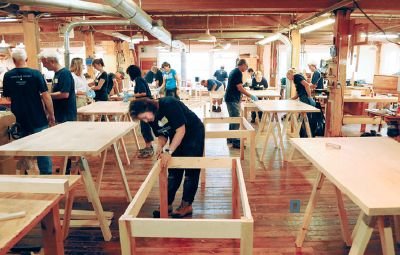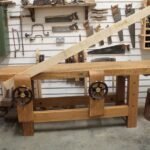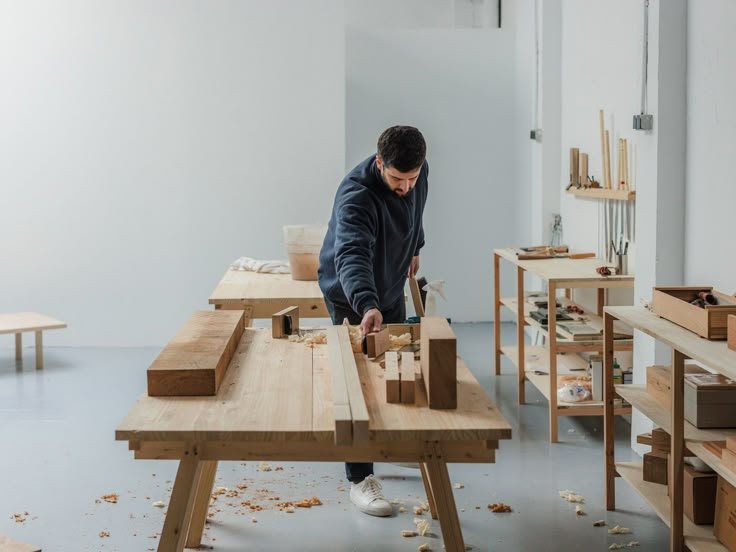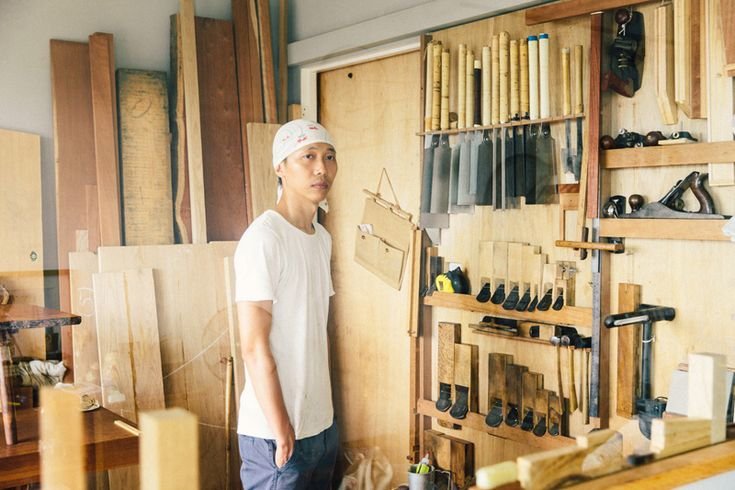The Beauty of Urban Timber Woodworks
So, grab your coffee, and let’s chat about urban timber woodworks. I mean, it’s a bit of a wild ride, isn’t it? You start with a tree that’s been standing for decades, maybe even a century, and somehow you end up with something beautiful—an end table, a chair, or even shelving for your kid’s room. But here’s the thing: it ain’t always as pretty as the finished product looks on Pinterest!
I remember the first time I tried my hand at this craft. It was summer; the smell of fresh-cut wood was in the air, and I thought, “Why not challenge myself?” There’s a lovely old maple tree just a few blocks from my house that had to come down. I couldn’t let it just rot away in some landfill. It was a Sunday, and while the sun was shining, I found myself eyeing that tree like a dog watching a squirrel.
After a quick chat with the owner, I’d gotten the green light. The chainsaw roared to life, and honestly, it was like music to my ears. But here’s where it spiraled a little out of control. I figured I’d take the whole tree down and then deal with the milling later, completely forgetting about how “urban” this timber was—roots running everywhere, and I ended up getting tangled a few times. The sound of crashing branches was mixed with my frustrated yelps, but it made for a good story, on some level.
Once I had the rough lumber loaded in my truck (thank God for friends with muscles), I couldn’t help but feel kind of proud driving it home. But it hit me—now what? Stripping bark was my first roadblock. I’d watched enough YouTube videos to feel like an expert, but once I got that old Stanley drawknife to the timber, my confidence faltered. The bark clung on like it was begging for its life. I nearly gave up when I thought I’d ruin the wood. But then I remembered, “No pain, no gain,” right? I kept at it, and surprisingly, it all worked out. It’s funny how persistence can sometimes turn into sheer stubbornness.
The next step was milling. I thought I’d just rent a planer and get on with it. Easy-peasy, right? Well, when I finally hooked it all up, the machine roared like a bear. I stood there, heart racing like I was on a roller coaster, staring at this big piece of raw wood. As I pushed the first board through, my ears were treated to that sweet, soft rasp of wood meeting steel. It was absolutely intoxicating—the scent of freshly milled maple filled the air, and for a moment I thought, “Yeah, I could do this all day.”
But how naive I was.
You see, I wasn’t fully prepared for the chaos that ensued. The first board came out beautifully, but by the third, I had managed to forget to adjust the thickness setting, and the results? Ugh. You could just tell it had been crying out for help. The entire board was too thin, almost comically so. I couldn’t help but laugh through my frustration. You know, it’s one of those moments when you realize you’re navigating what feels like an endless maze, and you just have to find humor in your own mess.
But hey, what’s a little fluke among friends? I ended up using it for a small shelf in my daughter’s room. It was a happy accident, one I always joke about when folks compliment my “rustic aesthetic.”
Fast forward a few weeks—I finally learned enough to start making some real furniture. I mean, it wasn’t all bad! The first piece I completed was a coffee table with a live edge. Let me tell you, cutting that edge felt like sculpting a wave in wood. And the finish? Oh man, that glossy sheen captured the light perfectly! When my wife walked into the living room and did that little gasp, I felt like a million bucks. I think I even did a little dance. (Don’t tell anyone though!)
Now, as you can imagine, there were still plenty of moments when I just wanted to throw in the towel. Like that time I decided to cut miters for a picture frame. I had all these beautiful scraps from those earlier boards. I thought, “This’ll be simple. Just a few cuts and some clamps.” But my miter saw had a mind of its own that day—mistakes bloomed faster than spring flowers. After the third miscut, I nearly walked away, but then I thought about my daughter again, all excited about her new room decor. So, I just took a deep breath, grabbed a fresh piece of wood, and said, “Let’s try this again.”
So much of this journey has been learning patience and reaping the rewards of a long process. Those missteps led to priceless experiences. I found that each mistake still had something to teach me. I learned about wood species; I can differentiate between ash and oak just by smell now. How wild is that?
In the end, what I’ve taken away from all this reflects life—messy, unpredictable, but ultimately beautiful if you stick with it. So, if you’re out there thinking about diving into urban timber woodworks? Just go for it. Don’t fret over the mistakes. Embrace ’em. They might just lead you to the best moments, those little surprises that come out of what was supposed to be a simple project. You never know what you’ll create when you give yourself a chance to mess up a little. Happy woodworking!









